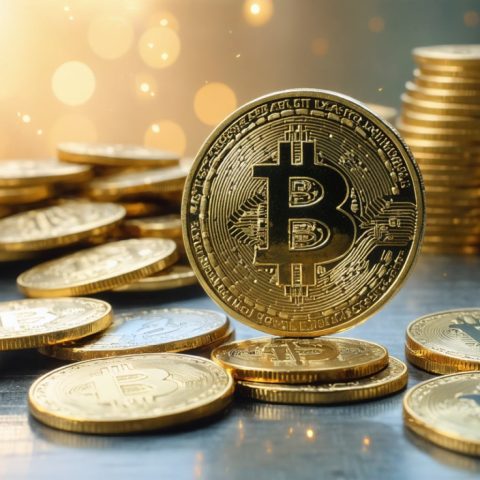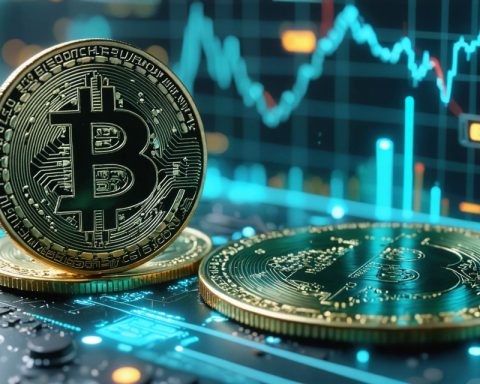Shiba Inu Coin has managed to capture the attention of the cryptocurrency community with its playful branding and ambitious roadmap. Originally created in August 2020 by an anonymous individual known as “Ryoshi,” Shiba Inu Coin, or simply SHIB, was inspired by the popularity of Dogecoin—a cryptocurrency featuring the Shiba Inu dog breed as its mascot.
Often referred to as the “Dogecoin Killer,” SHIB is an Ethereum-based token that aims to be more than just a meme cryptocurrency. It is part of a larger ecosystem, known as the Shiba Inu Ecosystem, which includes SHIB, LEASH, and BONE tokens. Each token serves a distinct purpose, aiming to provide users with a variety of applications in decentralized finance (DeFi).
The price of Shiba Inu Coin in USD has witnessed significant volatility since its inception. Initially, SHIB gained notoriety for its incredibly low price, allowing investors to acquire millions of tokens with a relatively small investment. This low barrier to entry, combined with the growing interest in meme coins, led to SHIB’s meteoric rise to fame.
Despite its seemingly lighthearted approach, the Shiba Inu Coin community, known as the “Shib Army,” is committed to expanding the project’s reach. In May 2021, Ethereum co-founder Vitalik Buterin donated a substantial amount of SHIB tokens to the India COVID-Crypto Relief Fund, showcasing the coin’s broader utility beyond speculation.
While its price in USD has fluctuated dramatically, Shiba Inu Coin remains a fixture in discussions about the potential for meme coins to impact the traditional financial system. Its journey is a testament to the evolving narrative of cryptocurrencies as both a financial tool and a cultural phenomenon.
Is Shiba Inu Coin More Than A Meme? Unveiling New Facets And Impacts
In recent discussions surrounding cryptocurrencies, Shiba Inu Coin (SHIB) has emerged not only as a meme-inspired token but as a catalyst for broader conversations on crypto’s impact on societal issues. While SHIB’s volatility is well-documented, less known is its potential implications for financial inclusion and societal giving.
Uncovering SHIB’s Societal Influence
The donation of SHIB tokens to the India COVID-Crypto Relief Fund by Ethereum’s Vitalik Buterin was a significant moment in crypto philanthropy. It underscores a growing trend where digital currencies like SHIB are facilitating direct, borderless donations to pressing global causes. This event prompts a critical question: Can cryptocurrencies reshape philanthropic efforts by bypassing traditional financial systems?
Advantages and Controversies
One of the advantages of SHIB is its democratizing effect on investing. With its low token cost, it allows a broad range of investors, including those with limited financial means, to participate in the crypto market. This accessibility raises new possibilities for wealth creation across diverse demographics and geographies. However, the speculative nature of such coins also poses risks to unseasoned investors who may suffer significant losses during market downturns.
The cultural phenomenon surrounding SHIB also introduces controversy. Labels such as “Dogecoin Killer” stir debates about its real value beyond hype. Despite this, the Shiba Inu ecosystem’s development initiatives suggest a desire to contribute meaningful technology and innovation to the decentralized finance (DeFi) space.
Considerations for The Future
As SHIB continues to capture attention, a pivotal question remains: Will its evolution prioritize genuine utility and financial empowerment, or maintain its standing as mainly a pop culture spectacle? For now, only time will unveil the long-term impact of meme coins like SHIB on both communities and financial systems worldwide.
For further insights into the Shiba Inu Coin ecosystem, visit this CoinMarketCap.









